In the winter of 1969, Bob Dylan arrived in Tennessee with only four songs completed for his Nashville Skyline recording sessions.
Over the next few days at the Columbia studio and in his rooms at the Ramada Inn, he composed another five pieces, including this stunning tune that he used as the album’s closing track.
“Tonight I’ll be Staying Here with You” was the third single to be released from Nashville Skyline (after “I Threw It All Away” and “Lay Lady Lay.”) It reached #50 on the US Billboard Hot 100 chart and the top 20 in other countries.
Critical response was positive. Cash Box said that, unlike previous Dylan singles, "this ballad is honed to a fine edge and further sharpened through excellent production touches.” Record World concurred, calling it “another classic from the master.”
Milestone
Dylanologists, meanwhile, found the song insightful, because the lyrics seemed to mark a change from the angst of Bob’s earlier love songs, many of which told of restless searches.
In contrast, "Tonight I'll Be Staying Here with You" finds Dylan devoted to his lover and willing to settle down (at least for the nonce). Some fans waxed poetic at the thought of Bob as a family man, happy to be quietly living with Sara and the kids.
Dylan himself seemed to like that image. Soon after Nashville Skyline’s release, he told Rolling Stone‘s Jann Wenner, “I was on the road for almost five years. It wore me down. I was on drugs, a lot of things. … I don’t want to live that way anymore.”
Trains
Train imagery, by the way, runs throughout the song.
But unlike his earlier lyrics, in this song, even though he "can hear that whistle blowin'," he wants to "throw my ticket out the window" and let "a poor boy on the street" have his seat.
On the album, the song showcases Dylan’s then-new smooth country croon between twangy guitar fills. A more raucous version, though, became a live highlight a few years later when Bob was — yes — back on the road with the Rolling Thunder Revue.
Our Take on the Tune
There’s a reason why The Flood’s rendition of this Dylan classic sounds different from Bobby’s version (or from anyone else’s take on the tune, for that matter).
That’s because back in the early 1980s, when Roger and Charlie started playing around with opening chord progression here, they thought they were writing an original song of their own.
But then Rog and the Samples family moved away — leaving West Virginia for the green hills of Kentucky — and the piece they were working on was left an orphan. It didn’t even have a name or the first hints of a lyric.
Only a year or so later, when Charlie was noodling with it during the warmup at a jam session, did Dave Peyton say, “Hey, you know what? If you tweaked the chords a bit and added the bridge, you could sing that Dylan thing over that!”
Right there and then an arrangement was born, and we’ve been playing it like this ever since.
Meanwhile….
By the way, if you’d like more Floodified Dylan tunes, check out this special playlist we constructed for Bobby’s birthday a Spring or two ago:
Happy Birthday, Bob Dylan!
The richest, deepest vein of music we have ever mined has been the extraordinary work of Bob Dylan. From The Flood’s earliest days — nearly a half century ago now — to just last week, we have faithfully tapped into tunes from darn-near every era in Dylan’s long career.

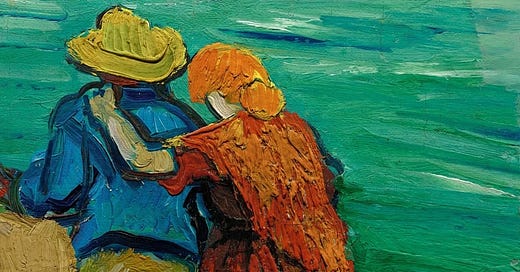



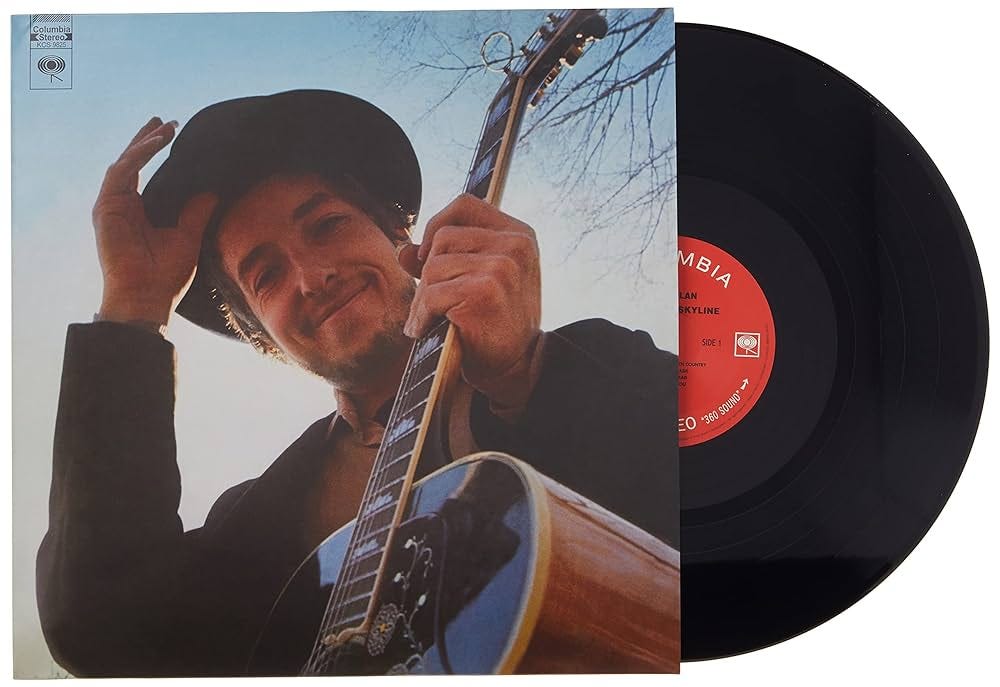

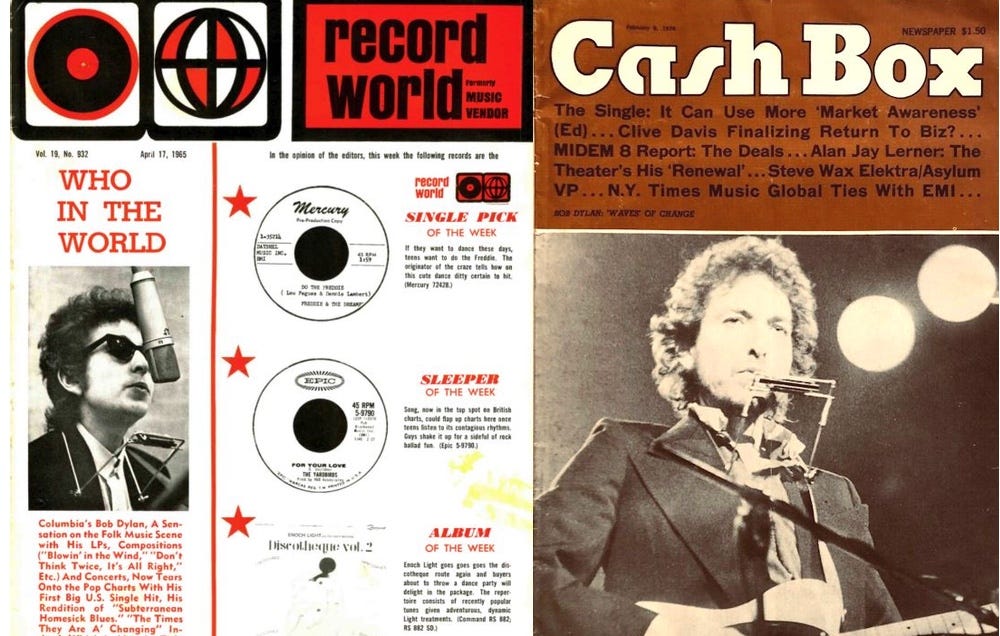
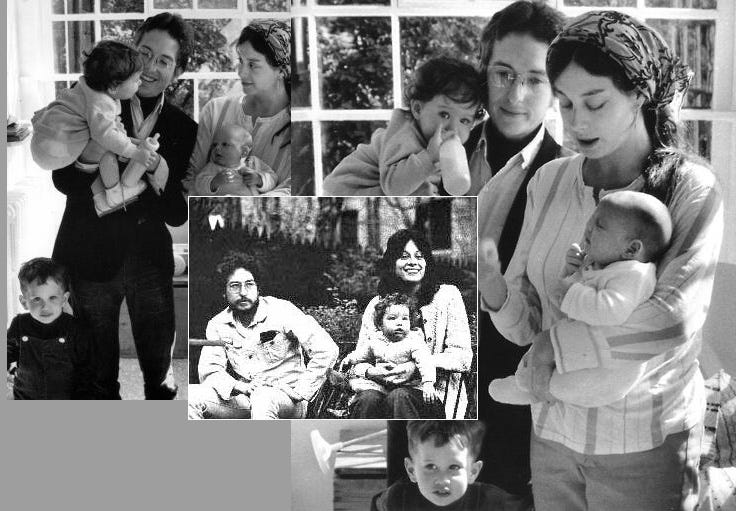
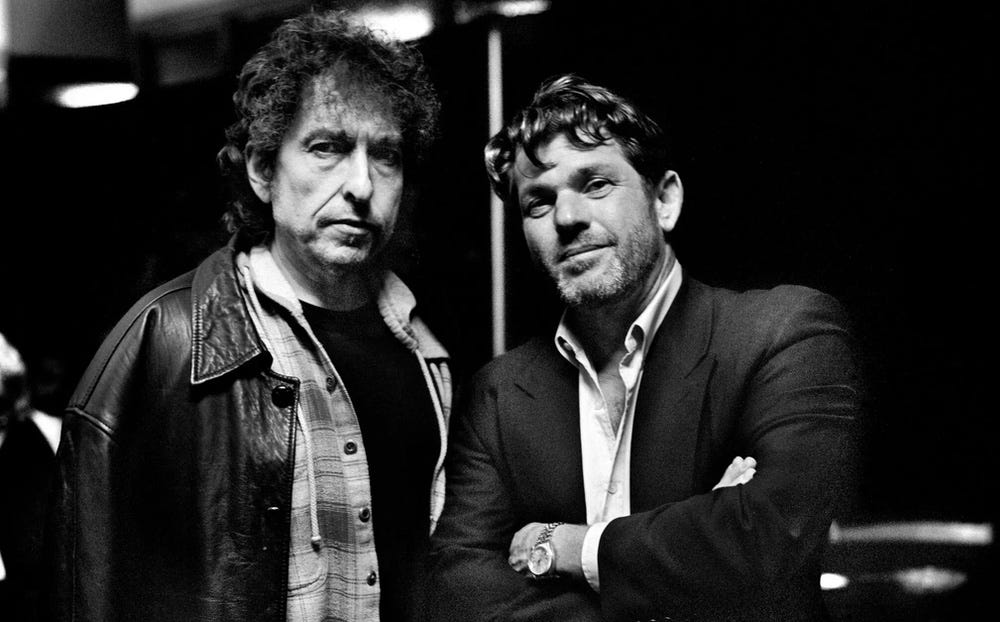
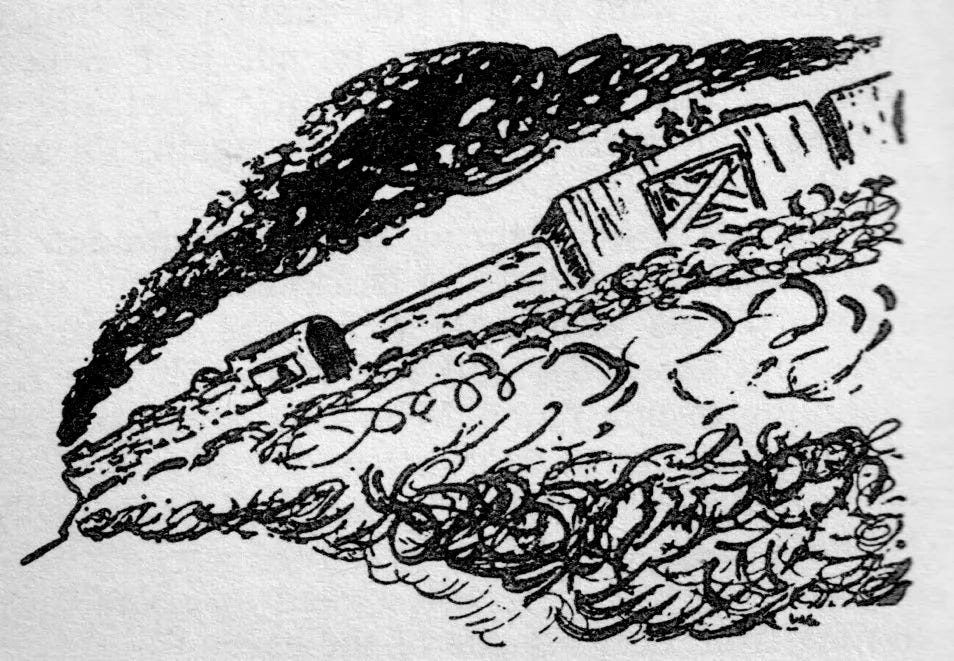
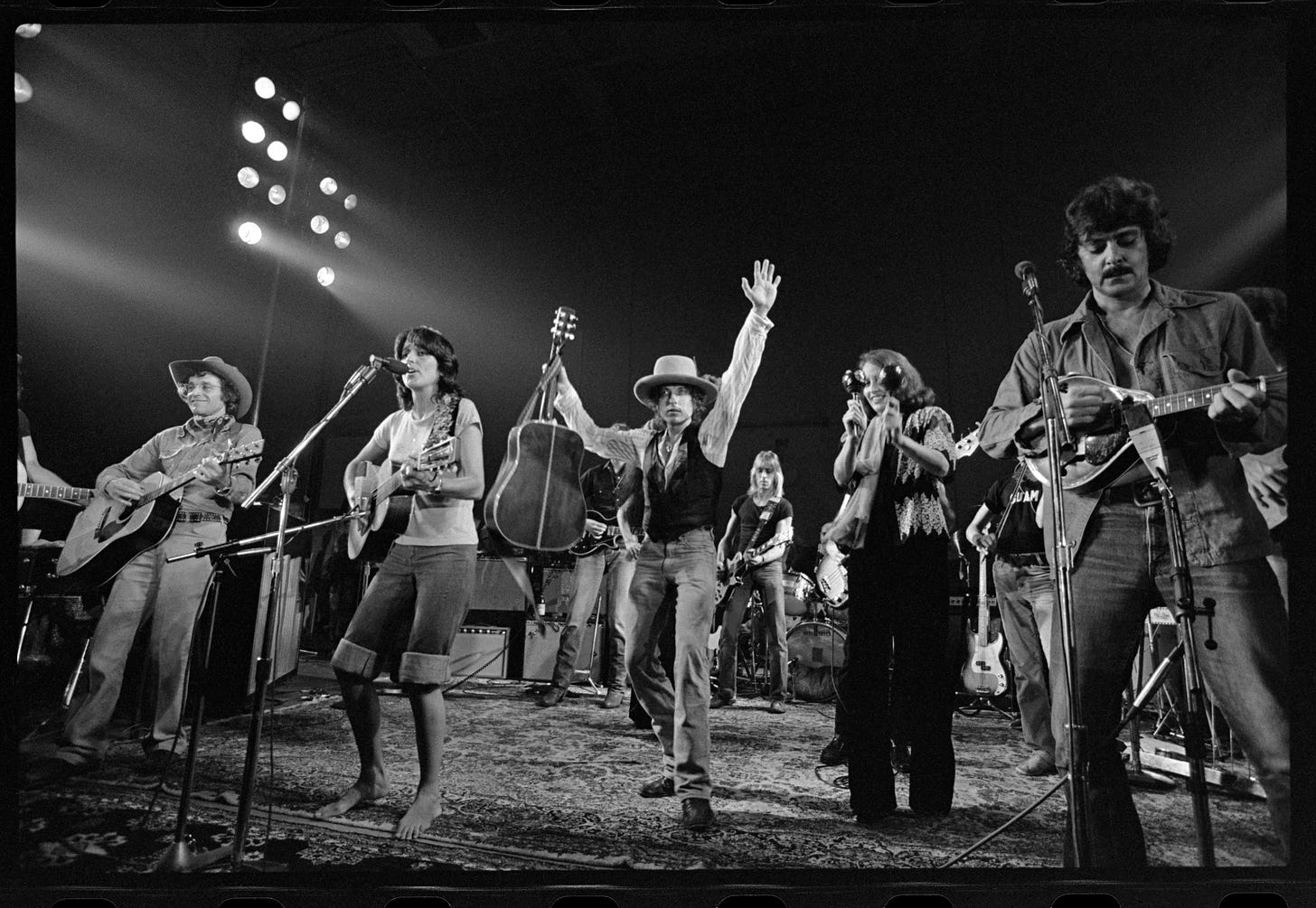
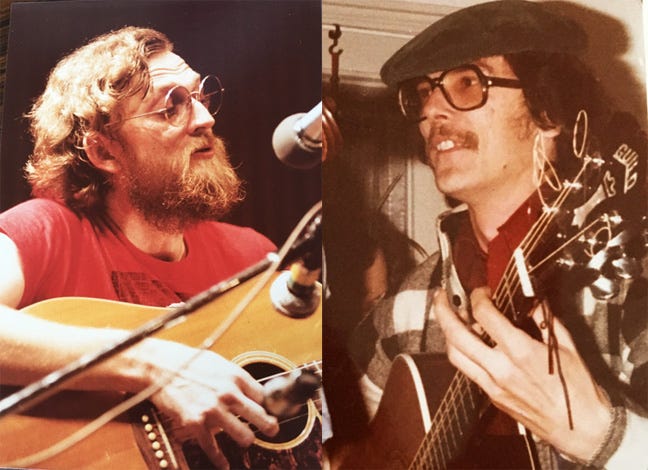
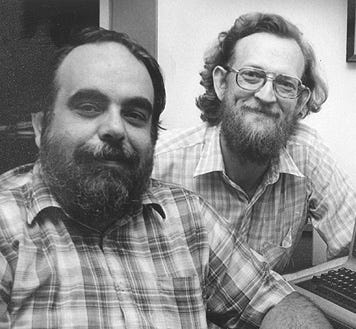
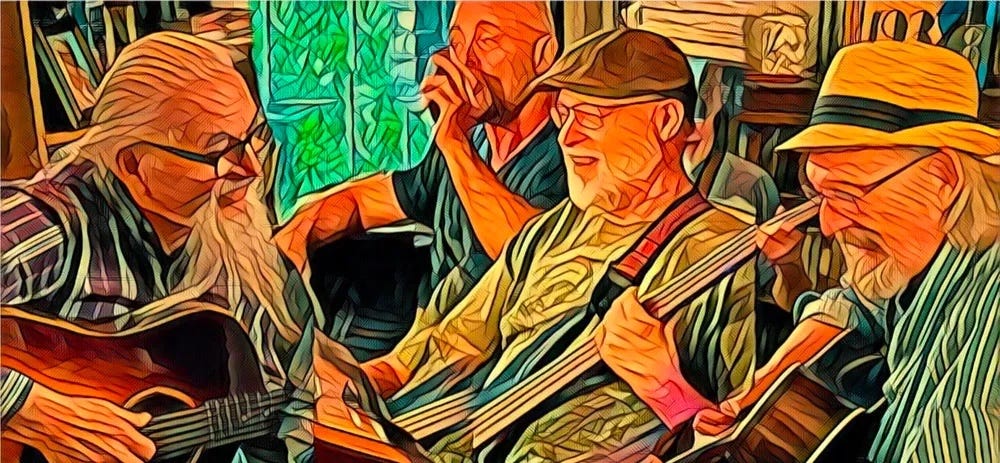









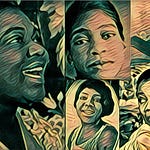
Share this post